
What are the Recall Candidates Saying About the State of California Public Education?
Spoiler alert: Newsom’s Campaign…Well, You Know the Drill…
By Thomas Buckley, August 9, 2021 2:20 am
Even before the pandemic, California’s public schools were not something to write home about.
But what COVID, and the related mandates and closures and distance learning and union intransigence did to it, seems to have obliterated whatever shred of credibility the system – a system once the best in the nation – had left.
California children have, obviously, born the brunt of the situation. From farcical distance learning, to enforced isolation, to countless kids now suffering from significant mental health issues, the impact of the pandemic on children cannot be underestimated.
Whomever is Governor come September 15 is going to have to deal with the twin burdens of an already shambolic system put through the wringer by COVID, a task somewhat analogous to being asked to cherry out a junkyard 1974 AMC Gremlin…while it’s on fire.
To that end, we asked a number of the current candidates to replace the Governor, should the recall succeed, what they thought about how Newsom handled the problem and what they hope to do about it if they are awarded the position by the voters.
Here are the two questions we posed and the candidates’ responses. We also asked the recall organizers and the Newsom camp for comments – they’re listed below:
Question 1 – Many of the children served by the already embattled California public schools were unquestionably harmed by the pandemic-related closures and distance learning. How would you have handled the situation differently from Governor Newsom?
Question 2 – If you become governor, what steps will you take to help children recover from the past year – catch up, if you will – and what other actions will you take to improve California’s education system overall?
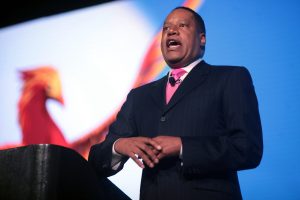
Larry Elder:
Q1 – Children need the option for in-school learning, period. As soon as the science made it clear that children were not at grave risk from COVID-19 they should have had the choice to go back to class. I would have provided parents with that choice.
That is far from what we saw in California. We had a governor who is shamelessly beholden to the teacher’s unions. A governor who sent home millions of public school children while his own children received elite in-person instruction at a private school. Gavin Newsom was a petty tyrant more concerned with shoring up support from his powerful allies than he was with the well-being of California’s children. In fact, the California Teacher’s Union gave Newsom $1.8 million dollars for his recall campaign with their national counterpart, the American Federation of Teachers giving $250,000. That’s over $2 million prioritizing teachers over parents and cronyism over children.
Q2 – Even now, when vaccines are available to all adults who want one, Newsom is waffling on reopening schools. This is outrageous. I think Californians can see that these mandates, and shutdowns, are not about “following the science” but about power and control. And in the case of primary and secondary education, that abuse of power damaging our children during their critical years—we can only shudder to think.
As governor, I would be a big proponent of school choice. It is simple, the money follows the child, not the other way around. Studies have shown that school choice improves education in the suburbs and in the inner cities alike. Positive competition improves the product. Education is a 21st-century civil rights issue. It’s not right to force parents to send their children to an under-performing school. We need to empower parents and students. California deserves better.
As governor, when dealing with the educational system, I would always put the focus where it should be, on the children.
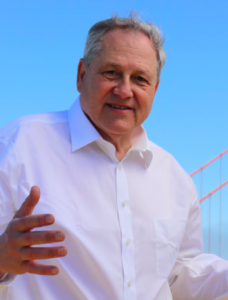
Joel Ventresca:
Q1 – As a Democratic Governor of California, I will reopen the schools and the economy with science-based and appropriate safety precautions in place. And I will keep the schools and the economy open.
I believe massive distance learning was a failure, and I will end it. In a recent poll, 83% of parents say children are falling behind in their education.
Closing the public schools statewide was one of the biggest mistakes Newsom has made during his tenure as governor adversely affected millions of Californians.
Future decisions by a new governor must be based on indisputable facts, evidence, and science.
As a highly skilled and trained safety, security, and risk expert (from the San Francisco International Airport) and as the next governor, I will weigh risks, benefits, and consequences on a continuous basis and determine what law, regulation, and policy changes are needed to keep as many people safe as possible. I will communicate with the public, the legislature, and the business community what the science is showing and what strategies the government will pursue to get through the pandemic. Guidelines, recommendations, and mandates will be determined on vaccines and other pandemic-related policies and actions based on accurate data, clear science, and up-to-date risks vs. benefits analysis
Q2 – I will extend the school year in 2022 to make up for the lost year. Additional resources will be put into place to make sure students have an opportunity to meet appropriate educational standards and expectations.
I am committed to creating high quality public education for all. I will increase investments in low-performing public schools until all students are well-educated in this state.
I will enact high quality education & healthcare, cradle-to-grave, for all residents of California. Funding will come from: workers making over $50,000 a year with a payroll deduction (one-third of the cost); combining federal, state, and local revenues which are already spent on education & healthcare services (one-third of the cost); and increasing taxes on wealthy individuals and wealthy corporations (one-third the cost). The student, patient, and user of these services will have no out-of-pocket costs. I will eliminate bills, debts, and fears related to these lifetime services.
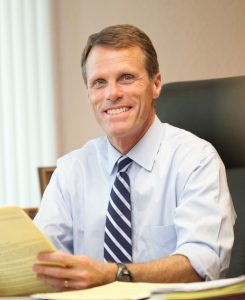
Ted Gaines:
Q1 – Schooling is an absolutely vital aspect of a child’s mental and emotional development, and we will likely be spending years trying to undo the damage that has already been done with this past year of social isolation.
The truth is that there are many more things that threaten students than just COVID: mental health, social maldevelopment, not to mention the lack of the sort of exercise that is mandated at public schools. I would not have responded by closing schools and forcing students to spend a year in front of their computers, when we know that the virus poses little risk to them in the first place.
Q2 – A full, immediate, and responsible re-opening of our school system will be my first priority as Governor. There is no reason we can’t bring our schools back while also providing voluntary protective measures and virtual options for medically vulnerable students and teachers.
We must also re-think the way we approach education by using what we’ve learned from this past year and a half. While many families had to settle for the sub-standard virtual learning through our public education system, many others instead enrolled their children into private schools for in-person learning. When it comes to the best method of education, no two students are exactly the same. Parents know one-size does not fit all and many public schools are letting our children down. Having a variety of school options gives children of all backgrounds and styles of learning the ability to meet and exceed expectations. I am a huge proponent of school choice because no child should be locked into a school that doesn’t meet their needs simply based on their address. We need changes that ensure the funding follows the student, not the system.

Michael Loebs:
Q1 – In spring of 2020 when COVID brought uncertainty to many aspects of life, the decision to shift education to distance learning was sound. However, the entirety of the summer should have been devoted to assuring that all students had equal access to online learning in the fall. Low-income and rural Californians too often lacked the equipment and reliable high-speed internet necessary to provide equal access to education for all students. Such infrastructure, which should have been available years ago, is only now, a year later, being considered. Expanding or rebuilding existing schools to increase classrooms, replace aging structures, or otherwise improving facilities should have been emphasized while they were out of use for so long.
With the ready availability of vaccines, California should now work to be an accurate and impartial source of data on virus spread and infection rates, but the decision of whether or not to reopen schools in any given district ultimately falls on the local school board, elected by members of that community. While the state can offer guidance, parents and teachers on the ground can better judge how best their children can learn given the circumstances in that place.
Q2 – California should immediately allocate funds for five years set aside for supplemental and expanded class offerings at the K-12 and community college level. While some students may have done well at online learning, many students will likely need access to additional instruction and resources in at least some subjects. The state can set benchmarks that should be reached by such instruction, but how best to provide this supplemental and expanded education should, again, be determined by the parents, teachers, and school board of that area.
While the pandemic and lockdown were undoubtedly painful, we can also use the lessons we were forced to learn to improve the ways we offer education. Aspects of distance learning can be successfully integrated and combined with in-person instruction, which can serve to reduce class sizes. In larger districts, the beginning and end of the school day can be staggered into earlier and later sessions which can also allow more flexibility for working parents regarding their children’s school schedule. In short, uniform, one-size-fits-all approaches to education doesn’t work equally well throughout California. We should work to develop ways that lead to student success, accept the reality of working parents, and make the best use of both modern resources and the skills of our educators.
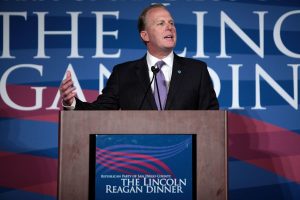
Kevin Faulconer:
Q1 – Unlike Gavin Newsom I would have followed the science and kept our public schools open. Our students lost an entire year of in-person instruction thanks to his shutdowns. There was absolutely no science behind this and we were told that schools could be safely reopened. As the father of two kids who attended public schools, I saw firsthand how devastating the loss of learning was as my kids had to struggle through remote learning. Instead of doing his job, Newsom gave into the demands of special interests. I would’ve stood up for our students had I been in his place, and I plan to change course when I am elected.
Q2 – I support expansion of tutoring services and summer school to help our kids catch up on a year lost of learning. I’ve also proposed a parent tax refund to help offset some of the costs parents were forced to deal with from remote learning and help share the burden on them. Since they pay taxes to keep public schools open, it makes sense to give them money back after they were closed for over a year.
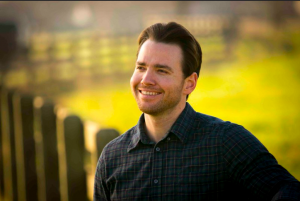
Kevin Kiley:
Q1 – California has been a national outlier in the COVID era, imposing both the longest school closures and the most severe lockdowns. Other states that have taken a more balanced approach have allowed their kids to remain in school and their businesses to remain open, while also having better overall public health outcomes than our state.
California was 50 out of 50 in getting kids back to the classroom. This had devastating impacts on academic outcomes, student mental health, and working families.
While all student learning declined, the steepest drops were seen among low income Black and Latino students who were already behind before schools closed. Children in these communities are now 7 months behind where they normally would be according to a new study.
Governor Newsom expelled millions of kids from school longer than in any other state. He inflicted untold harm on a generation of young people, even reducing their life expectancy according to the Journal of American Medical Association. All so he could keep getting money from teachers’ unions.
Under my leadership, we would have kept schools open, following the recommendation of organizations like the American Academy of Pediatrics that warned against the harms of school closures. Dozens of other states showed this could be done safety, but California didn’t even give that a chance to happen.
Q2 – The Recall is about one thing and about everything: rooting out political corruption and restoring good government. More than any particular policy, it offers a new paradigm for our public life based on integrity and service. That’s how we’ll fix all the failed policies.
Gavin Newsom is setting the stage for another school shutdown. That will not happen if I replace him. Every school will be open. Full-time, five days a week, no excuses. And no masks required.
I also strongly believe that your zip code shouldn’t be your destiny: that quality public education options must be available to all students. I have fought for school choice in the State Legislature, and have often been one of the few voices willing to speak out in defense of charter schools.
In California, it must be said, school choice is already fully available to a portion of the population: wealthy families like Gavin Newsom’s who can pay private tuition or move to a neighborhood with quality public schools. The prevailing education agenda at our state Capitol seeks to entrench this inequity.
A school choice agenda, by contrast, seeks to overcome it by putting every California parent in the driver’s seat, regardless of where they live or how much money they make. That is what I will fight for if elected Governor.
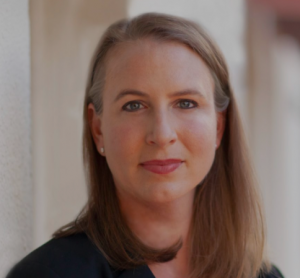
Jenny Rae Le Roux:
Q1 – As a working mom with two kids in public school, I am running to free California’s families to live, work, and breathe again.
Last April, I built my own COVID management model that showed the key metric Governor Newsom should have used to make decisions was ICU capacity, not COVID cases. Using ICU capacity as a key indicator would have allowed 53 of our 58 counties in the state to remain open last spring (including schools).
In many schools, especially those with a high percent of low-income learners, students were left home alone while their parents worked essential jobs. School closures caused 175,000 kids to leave our public schools. Almost half of them were English-language learners even though they account for only 18% of public school students.
Taking the big picture into consideration, I would have required public schools in all open counties to have both in-person instruction and separate virtual classes available for students – and linked public funding for schools to the provision of in-person delivery.
Last year’s shutdown was made in the best interests of the teachers’ unions (some of Governor Newsom’s biggest backers) instead of our children, who endured massive learning loss.
Q2 – On Day 1, I will stop the downhill slide by ensuring all schools are open for in-person instruction. I will also make masking optional in schools (see my Action Plan).
We can make up for learning loss by expanding enrollment in evidence-based expanded learning opportunities (e.g., afterschool programs) – currently, under 8% of our 6 million students take advantage of expanded learning. I will fund these services and help school districts find additional instructors through partnerships with community-based organizations.
Beyond these short-term adjustments to help students catch up, my top education priority is to prepare our children for the workforce of tomorrow. California is ranked #40 in the nation in K-12 education by the US News & World Report, even though education is the most expensive line item in our budget.
I will implement engineering, coding, and vocational classes into our public schools, giving students the opportunity to prepare for the jobs of the 21st century.
In addition, I will expand school choice opportunities for children in low performing schools to attend high-quality charter schools, which often provide innovative education at a lower cost. I support the School Choice Ballot Initiative proposed for the 2022 election.
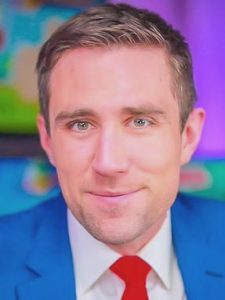
Kevin Paffrath:
Q1 – While we had a panic in March 2020, by April we knew both that COVID clouds were the biggest risk and that the dangers to youth were very low. A proper response would have been, and is still today, the following: Proper HEPA filtration with ventilation. These alone with voluntary masking can drastically reduce COVID clouds – lockdowns are not necessary, especially due to the psychological impacts to children. This personally affects me – my 3-year-old is now afraid of people and friends, while my 5-year-old doesn’t have that issue. We blame the lockdown.
Q2 – Future Schools and Mental Education. Schools today have PE, or physical education, but our state now has a mental-health crisis so we need Mental Education, or ME, throughout our schools. This will help eliminate the stigma we presently have around mental health, promote more ME jobs and services, and eventually reduce homelessness and gun violence. Future Schools will teach financial education, community college skills, and vocations so folks can graduate debt free and for free at 18. California needs to invest in its people.
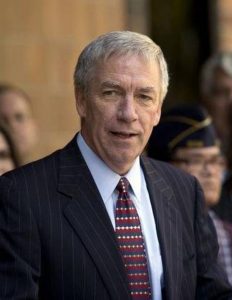
Doug Ose:
Q1 – In my opinion, I think Governor Newsom’s reaction in early March was the right thing to do. No one knew anything about what we were dealing with or how to deal with it, so a short-term stay at home order was prudent to allow for some analysis to occur. However, I am very disappointed that after the initial month or so no changes were made to incorporate the protocols developed by private schools that allowed children and teachers to be safely in the classroom. Distance learning has been shown to be a failure. The saddest part of this situation is that Governor Newsom’s children attend private school that implemented protocols that successfully allowed in-classroom education to continue; all he had to do was walk into the classroom, see what was being done and then issue another executive order allowing for it. That is the difference between Newsom and me. When I see a better idea, I implement it. If I had been governor at the time, by April 1, schools would have been open and kids would have been in class with a teacher at the blackboard using the same safety protocols being used at the private school where the Governor’s children were in class for in person education.
Q2 – I don’t think there is any magic wand for recovering the lost academic time caused by Governor Newsom’s reliance on flawed analysis and distance learning. For the vast majority of students and parents, distance learning was a joke. Our children will be dealing with the consequences of failure for the rest of their lives in the form of deferred achievement and lower standards of living. Parents and children are going to have to make a special effort to recover from the debacle of distance learning. It’s clear that Newsom did not think about this when he refused to consider alternative approaches.
My approach will be to identify the three educational priorities for specific focus:
First, give parents the freedom of school choice with funding that follows the child to whatever school meets the parents’ standards. If parents are satisfied with the neighborhood school, then they will enroll their children there. If the parents are not satisfied with the neighborhood school, then they will “vote with their feet.” The parents will make the decision, not some faceless bureaucrat deep within the bowels of a school district, and the funding will follow the child.
Second priority is to give principals the authority to run their school. The principal must be accountable for the quality of everyday instruction.
The third priority is to change the process of deciding what classroom curriculum is and how it is taught. At present, the State Board of Education dictates the options for what a school district delivers. That is the exact opposite of how curriculum should be selected. Local school boards should be the final arbiter for what is taught in local schools.
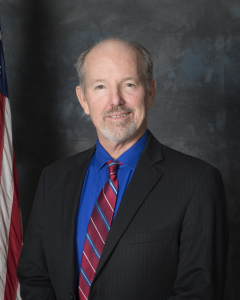
Jeff Hewitt:
Q1 – The harm that has been done to our state’s children by pulling them out from the classroom for more than a year will not be fully understood for decades. As early as May of 2020 I came out against Governor Newsom’s lockdowns and arbitrary picking of winners and losers. By May we understood that Covid 19 was a disease that affected the elderly and had very little effect on school aged children. I would have kept schools open during the pandemic and given older teachers and those with underlying conditions time off to protect themselves as we should have done with nursing homes and other congregate care facilities. Most community spread occurred at home or at the grocery store and schools had little if any to do with the spread. Sweden kept all of their schools open and their children will not suffer as ours have. Masks are also inhibiting the student’s ability to learn emotional maturity and communication. Without a way to express ourselves on a level deeper than a text or zoom we may become even more divided than we are now. Of course the school closures had even farther-reaching impacts than to our children. Many parents were unable to go to work when their children were forced to stay home and this added to the economic crisis and mental health of all family members.
Q2 – As Governor I would immediately open all schools and move parents and teachers who feel unsafe going to in person class to virtual options. This would minimize overall damage to our educational process. Many private schools opened up safely months ahead of public schools with no ill effects. However, the only way we are going to “catch up” to other groups is by introducing true choice in our system. This is best done by opening up educational savings accounts that can only be used by parents for education of “their” children. It turns out that parents care more for their kids’ future than faceless bureaucrats do and they will choose the best option, private or public, for them to succeed. Under this scenario good schools prosper and poor schools go out of business and are replaced by successful models through competition. The only thing holding us back is allowing parents to take back the power from the teacher’s unions. In a competitive world good teachers would be compensated better than they are today because they would be delivering the goods.
While they did reply to the request for comment, the Cox campaign did not submit any answers.
The recall proponents, represented here by Orrin Heatlie of RecallGavin2020.com, were also asked a similar pair of questions. Here they are with their responses:
Question 1 – How much of a role do you think school closures and enforced distance learning has played in the recall effort?
Although there are many valid reasons to recall Governor Newsom from office without mention of the COVID crisis, certainly his mismanagement of the state during that time helped to draw more attention to the recall. As more and more people were negatively affected by the policies he imposed on them, they began to gravitate toward the recall to take action. It gave them hope in a time of utter despair. Parents were angry because their children were not able to attend class for many reasons. Frustrations began to build as people’s lives were literally turned upside down. The already hectic daily life of a working family was made unbearable because they could no longer plan their schedules around the school day, instead they were struggling to find day care for their children. There simply were not enough daycare services available to meet the need. Parents watched their children suffer as they tried to adjust to distance learning. Some special needs children were unable to make the transition. They lost that sense of normalcy, human interaction and a daily routine which is so very important to those with learning difficulties. Children enrolled in public schools were stuck at home, forced to distance learn while private schools, like the ones Gavin Newsom’s children attended were allowed to remain open. Parents saw this as an abuse of power as the governor catered to the public school teachers’ unions and hypocritical as his children were allowed to attend school while theirs were told to stay home. Many saw other states such as Florida remain open and questioned the reasoning behind the governor’s decisions. People’s anger grew and they lost confidence in this governor’s ability to lead.
Question 2 – What do you think the requirement, in many schools, that all students wear masks, amongst other education issues, will play in the eventual outcome of the recall?
The people of America cherish their freedoms and reject being told what they can and can not do by government officials. Parents consider themselves the absolute authority when it comes to decisions regarding their child’s health and rightfully so. Any sort of mandate imposed upon their children, whether it is mandatory vaccines or a requirement to wear a mask while in school will likely affect how some will vote in the special election. Mandates such as these may possibly lead to more open demonstrations, confrontations, and conflict among those who feel strongly about the matter on both sides of the isle
The Newsom campaign was asked to respond to the following questions but, again, did not reply:
Question 1 – The pandemic-related school closures and the ensuing distance learning had a significant negative impact on California’s school children. What, if anything, would you have done differently in responding to the crisis?
Question 2 – If you remain governor (or prior to the vote), what steps will you take to help children recover from the past year – catch up, if you will – and what other actions will you take to improve California’s education system overall?
- CARB Now Trying to Ruin Rail - April 23, 2024
- The Courts and Homelessness: City Anti-Camping Ordinance Goes Before the Supremes - April 22, 2024
- Kamala, 2024.0 – PressStill Trying to Make Harris Credible - April 22, 2024


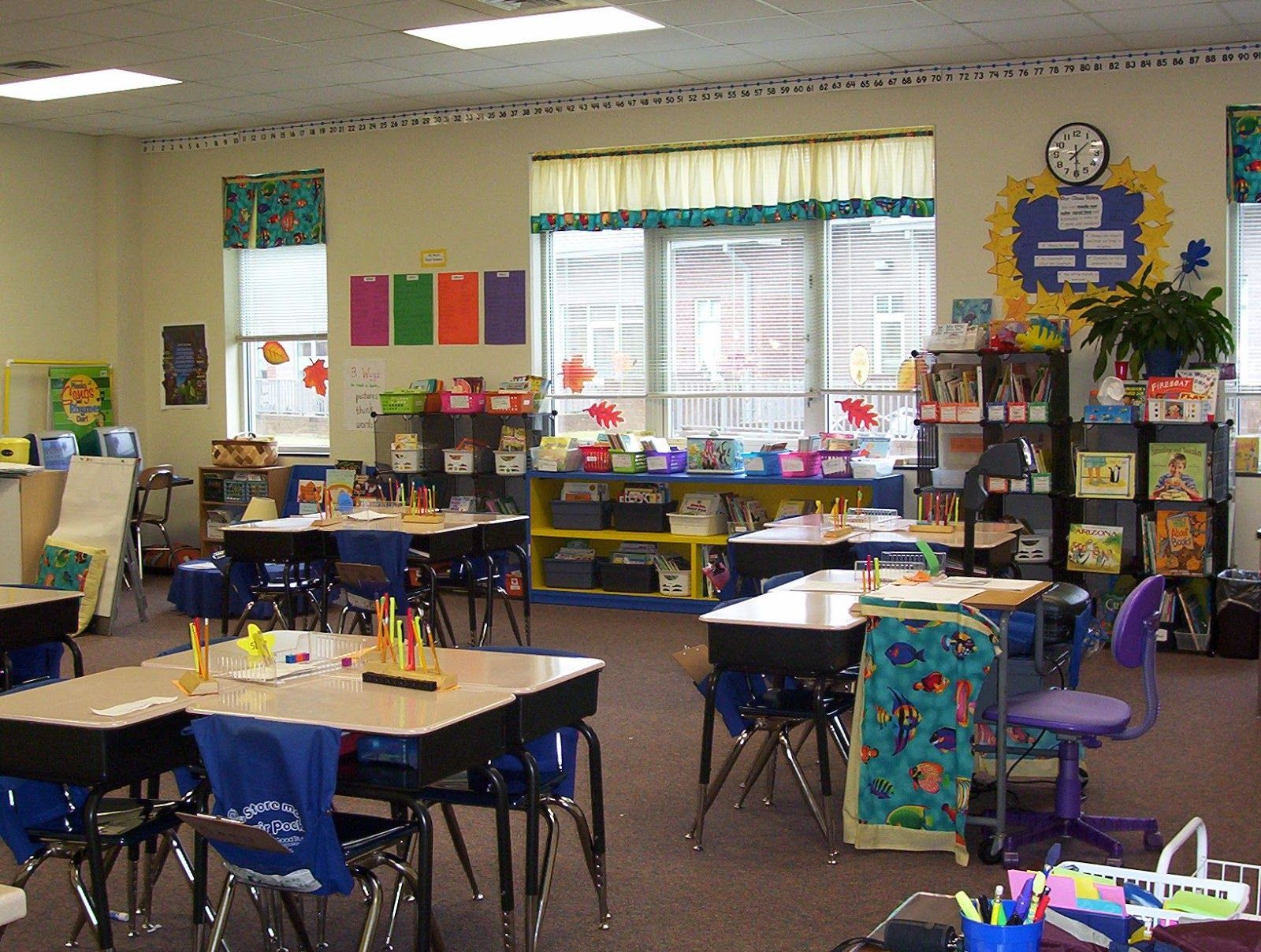

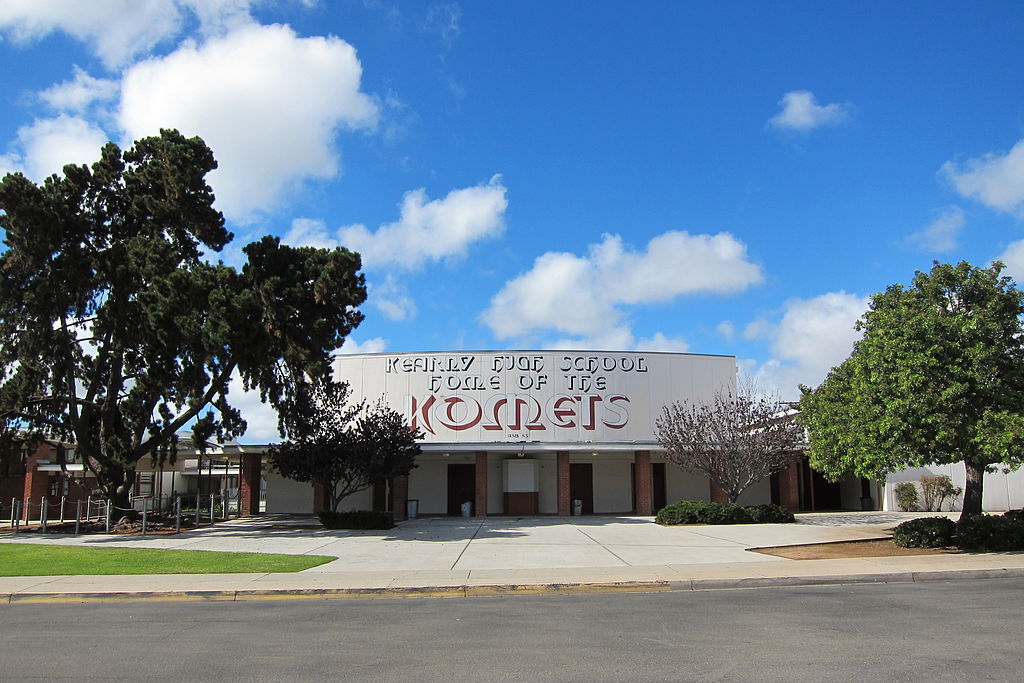
CA education has prioritized indoctrination over education.
While CA Gov has prioritized communism over freedom
Come on California citizens go to Larry Elders radio show and you will know who can turn this state around. We had 8 years of gov. moonbeam and and then along came Newsom. Larry Elders will light the torch of freedom in one of the most beautiful states in the union. Vote Elders if you want a free California again. Say no to UN2030.